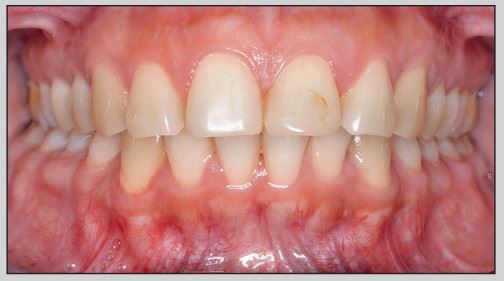The major outcome from the 2017 World Workshop on the Classification of Periodontal and Peri-Implant Diseases and Conditions was to provide a staging system for periodontitis. The framework and proposed four stages of periodontitis, defined by severity and extent of periodontal breakdown in addition to complexity of management, was published by Tonetti, et al,1 in the Journal of Clinical Periodontology and subsequently adopted by the American Academy of Periodontology. According to this classification, Stage IV periodontitis can include posterior bite collapse (PBC) and references a Journal of Clinical Periodontology article by Nyman and Linde.2
The clinical syndrome known as posterior bite collapse first appeared in the 1964 Goldman and Cohen textbook Periodontal Therapy. Morton Amsterdam and Leonard Abrams described a syndrome with multiple etiologic factors, where the loss of posterior occlusal support potentially led to the breakdown of the functional protective capacity of the entire dentition, resulting in further tooth loss (TL), increasing fremitus/mobility, secondary occlusal trauma (OT), anterior flaring (AF), and ultimately loss of occlusal vertical dimension (OVD).3 Unfortunately, since this is a broadly encompassing diagnosis, PBC has taken on different, often erroneous, interpretations over the years; most common include the presence of periodontitis, anterior flaring (AF) and loss of OVD.
Since its first publication, multiple articles have obfuscated rather than clarified the meaning and clinical course of PBC. The goal of this article is to re-examine its original definition, elucidate its multiple clinical manifestations, and propose a grading system for PBC.


